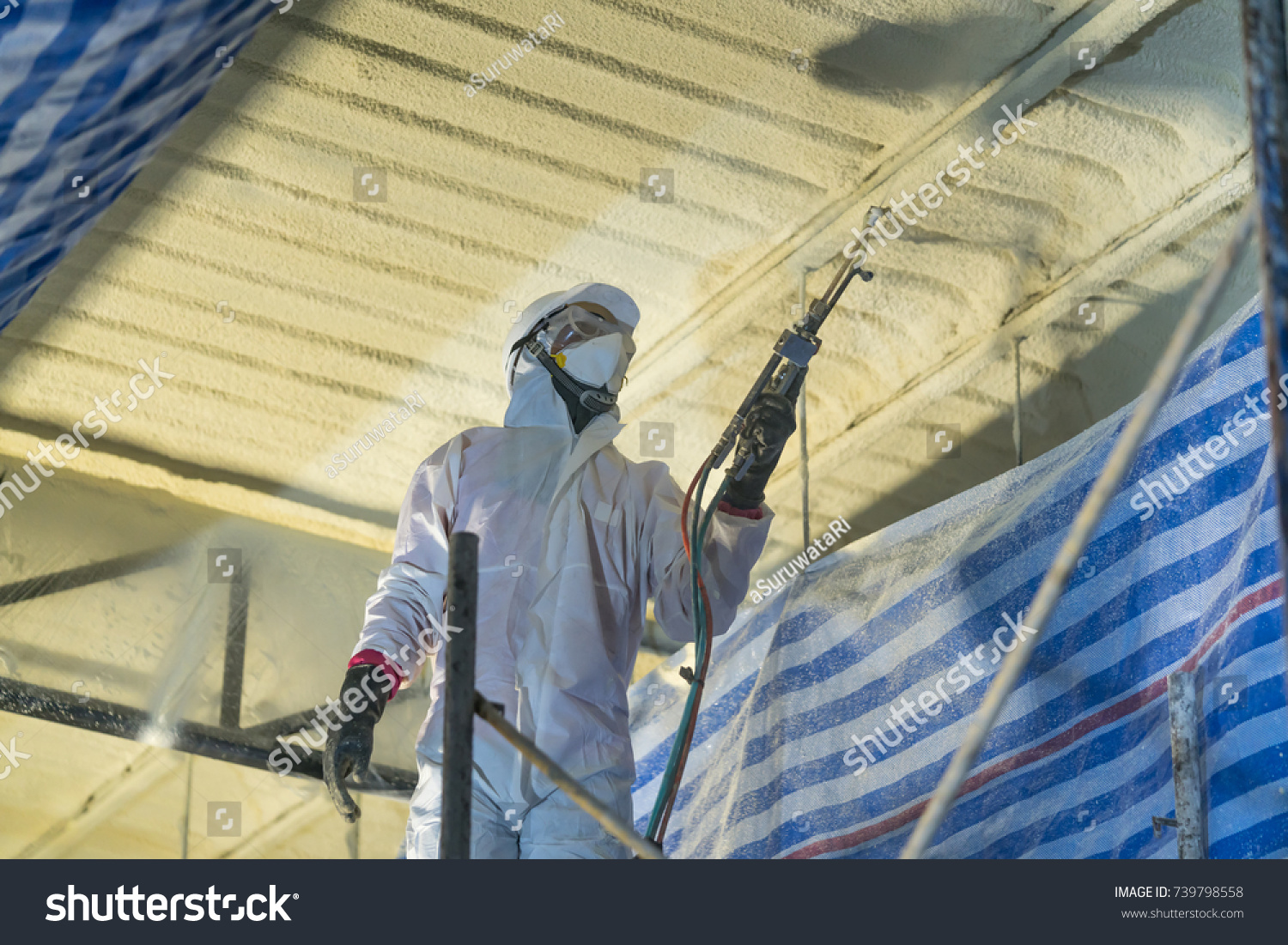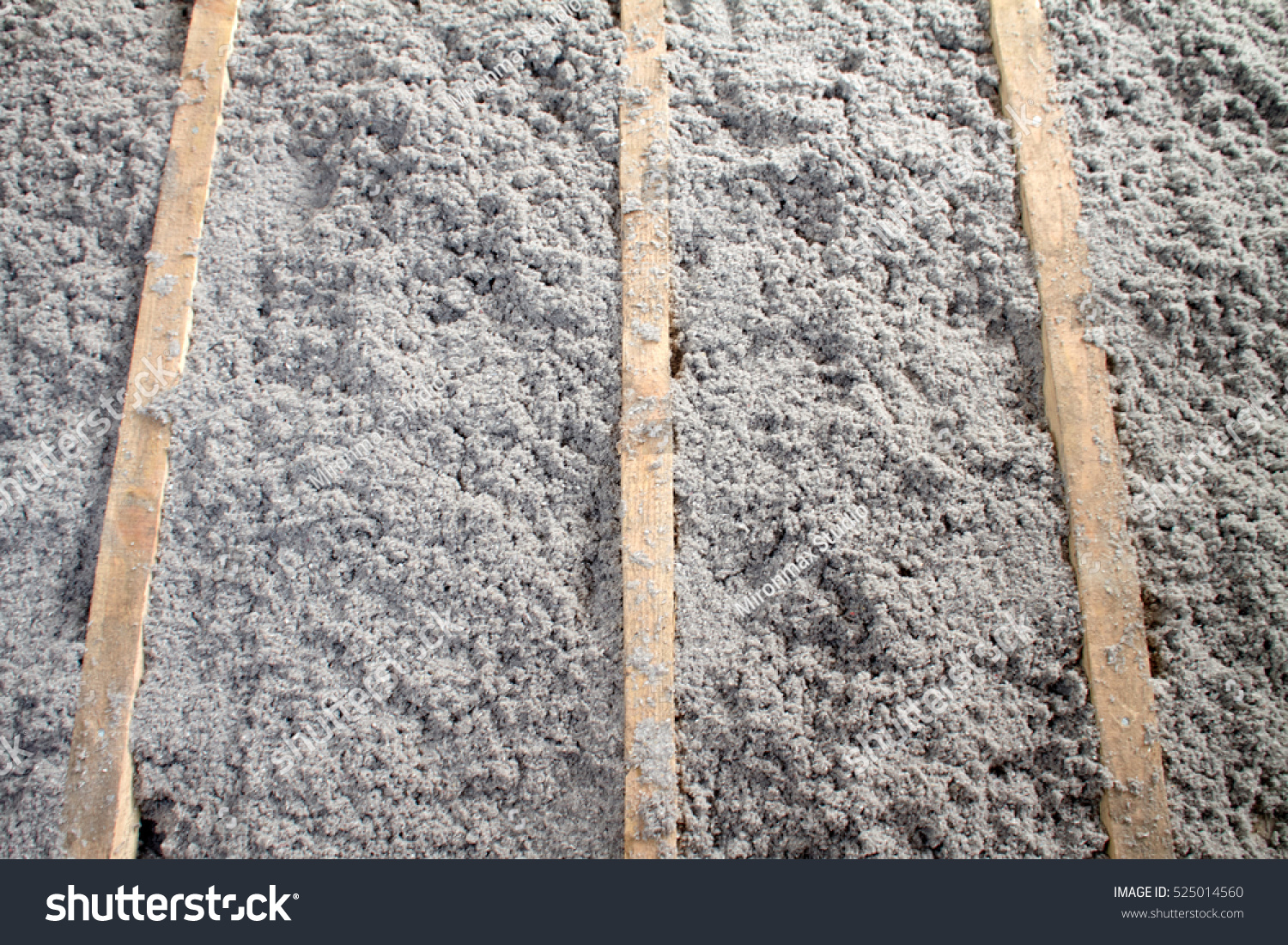When Should You Use Fi-Foil Insulation in Construction?

If you work in construction, architecture, or building improvements, then you already know that insulation is one of the unsung heroes of any project. It keeps spaces comfortable, controls moisture, improves acoustics, and helps reduce energy costs. Among the growing number of specialized insulation products, Fi-Foil has gained a strong reputation for its versatility and performance in modern builds. Before we dive deeper into Fi-Foil insulation applications, let’s break down what makes this product stand out and when it should be your go-to choice.
Understanding Fi-Foil Insulation and Its Benefits
Fi-Foil insulation is a reflective insulation system designed to manage radiant heat transfer, which is a major source of unwanted heat gain or loss in buildings. Unlike traditional insulation that primarily slows conductive heat flow, Fi-Foil works by reflecting radiant heat away from a structure or back into it, depending on seasonal needs. This type of insulation is typically made with layers of reflective aluminum surfaces combined with air spaces or advanced materials that enhance performance. Fi-Foil systems can come in various configurations, including multi-layered products, foam and foil combinations, and specialty radiant barrier systems. One significant benefit is that Fi-Foil insulation tends to be thinner and lighter than bulk insulation, making it easier to install in tight or irregular spaces. Builders also appreciate that it does not settle over time like some loose-fill products. Another advantage is its ability to boost the R value of a wall or ceiling assembly when used alongside other insulation types. Many Fi-Foil products are designed to complement spray foam, batt, or blown-in insulation, giving builders flexibility. Fi-Foil is also known for helping control moisture when used in wall cavities and attic systems. High-performance vapor retarders can be incorporated into the insulation, reducing the risk of unwanted condensation. Finally, because radiant heat transfer is a major contributor to indoor discomfort, Fi-Foil can significantly improve thermal performance in hot climates.
How Fi-Foil Improves Energy Efficiency
Energy efficiency is at the heart of good building science, and Fi-Foil shines in this category. Radiant heat is responsible for more than half of the total heat transfer in many buildings. By reflecting radiant heat instead of absorbing it, Fi-Foil ensures spaces stay cooler in summer and warmer in winter. In hot regions like South Florida, where the sun pumps radiant heat into homes relentlessly, Fi-Foil insulation can dramatically reduce attic temperatures. Lower attic temps translate to less strain on HVAC systems and lower energy bills. When paired with traditional insulation, Fi-Foil can help achieve higher overall thermal resistance without requiring thicker wall assemblies. The result is a comfortable home with lower utility costs. Even builders working in cooler climates benefit, since radiant heat loss can be equally problematic during winter months. Fi-Foil helps maintain stable indoor temperatures and increases the overall performance of the building envelope.
Best Environments for Fi-Foil Use
Although Fi-Foil is incredibly versatile, certain environments allow it to perform at its best. Here are a few examples:
Hot climates. Fi-Foil is practically made for regions like Florida, Texas, Arizona, and Southern California. With intense sun and high humidity, radiant heat is the enemy. Fi-Foil acts like a sunscreen for your building, reflecting radiant heat before it can sneak inside.
Metal buildings. Metal structures attract and hold heat. Fi-Foil works well in these environments, controlling heat gain, reducing condensation, and improving occupant comfort.
Attics and roof assemblies. Radiant barriers are especially effective in attics, where heat typically collects. Fi-Foil can help keep attic temperatures lower and reduce HVAC loads.
Pole barns and agricultural buildings. Many of these structures lack complex framing cavities, making streamlined reflective insulation an ideal choice.
Retrofit projects. Fi-Foil insulation is thin, flexible, and easy to install, which means it can upgrade older homes without requiring major structural changes.
High humidity areas. Products with integrated vapor retarders are great for controlling moisture in wall and ceiling assemblies.
Common Applications of Fi-Foil in Construction
Fi-Foil can be used in a wide variety of building assemblies. Each application offers unique benefits. Below are some of the most common use cases.
Fi-Foil Installation in Walls
Wall cavities are one of the most popular places to install Fi-Foil. It can serve as a supplemental layer that boosts thermal performance and manages moisture. In new builds, Fi-Foil is often used with batt or spray foam insulation. In renovations, its slim profile is perfect for improving energy efficiency without reducing interior space.
Fi-Foil Installation in Attics
Attic spaces are notorious for collecting radiant heat. Fi-Foil insulation helps prevent this heat from radiating into the home. It is often used as a radiant barrier attached to rafters or laid across the attic floor, depending on the building design.
Fi-Foil in Metal Buildings and Industrial Projects
Metal is highly conductive, meaning it absorbs heat quickly and releases it just as fast. Fi-Foil insulation helps stabilize the interior temperatures of metal structures, making them more comfortable and energy efficient. It also helps prevent condensation, which is a major concern in these environments.
Fi-Foil Installation Tips for Builders
Successful installation requires attention to detail. Below are a few practical tips:
Maintain proper air spaces. Many Fi-Foil products rely on an air gap to perform effectively. Follow manufacturer guidelines for spacing and installation.
Avoid compressing the insulation. Compression reduces the reflective surface area and overall effectiveness.
Seal seams tightly. Air and moisture leaks reduce the performance of any insulation system. Use recommended tapes and sealants to secure joints.
Install clean, flat, reflective surfaces. Dust or debris can reduce reflectivity. Keep surfaces clean during installation.
Follow local building codes. Fi-Foil products come with specifications tailored to various climate zones. Ensure compliance to maximize performance and safety.
Use Fi-Foil alongside other insulation types when necessary. This product is powerful alone but exceptional when paired with foam, batts, or blown-in insulation for full thermal control.
Comparing Fi-Foil to Other Reflective Insulation
Reflective insulation products are not all created equal. Fi-Foil systems stand out through engineering, performance, and versatility. Here is how they compare to traditional insulation categories.
Fi-Foil vs Radiant Barriers
Standard radiant barriers consist of a single layer of reflective material. These barriers are useful but limited in performance. Fi-Foil products often feature multiple layers of reflective materials, air spaces, and additional thermal control elements. This means they perform better in both winter and summer. While radiant barriers primarily reduce radiant heat gain, Fi-Foil can also contribute to conductive and convective heat control when used alongside other materials.
Fi-Foil vs Batt or Blown-In Insulation
Fiberglass and cellulose insulation are classic choices for slowing conductive heat transfer. They perform well but do not address radiant heat. Fi-Foil adds an extra layer of defense by reflecting heat rather than simply slowing it. In many cases, builders use Fi-Foil in combination with these traditional materials to maximize thermal performance.
Fi-Foil vs Spray Foam
Spray foam insulation is beloved for its air sealing capabilities and strong R values. However, spray foam alone does not handle radiant heat well. Fi-Foil can enhance the performance of spray foam assemblies by adding radiant heat control and improving moisture management. Additionally, Fi-Foil is often more cost-effective than closed-cell spray foam, which can be important in large-scale commercial or residential projects.
Fi-Foil vs Rigid Board
Rigid board insulation is great for continuous insulation needs. However, rigid boards can be bulky, expensive, and require precise fitting. Fi-Foil offers exceptional thermal performance with much thinner materials, making it easier to work with in tight or irregular spaces.
How Fi-Foil Enhances Energy Efficiency in Building Projects
Fi-Foil offers multi-dimensional energy efficiency benefits. It reduces radiant heat transfer, improves the performance of other insulation systems, helps maintain consistent interior temperatures, and lowers strain on heating and cooling systems. Builders and homeowners often see lower monthly energy bills and more comfortable interiors year-round. Fi-Foil also helps extend the lifespan of roofing materials and HVAC systems by keeping structures cooler and reducing wear and tear. At the end of the day, the right insulation can deliver long-term savings, improved comfort, and better durability for any building.
Contact Atlas Insulation Today
Fi-Foil insulation is a powerful, flexible solution for managing radiant heat and improving overall building performance. Whether you are constructing a new home in a hot climate, retrofitting an older property, or designing energy-efficient commercial buildings, Fi-Foil offers outstanding benefits.
If you want expert guidance on choosing the right insulation for your next project, reach out to us at Atlas Insulation, South Florida's 5-star team for all your insulation needs. With blown-in insulation, open-cell and closed-cell spray foam, Icynene, Fi-Foil, rigid board, and batt insulation, Atlas Insulation has the perfect solution for every residential or commercial job. Contact us for a free estimate and to get started today.
.png)




